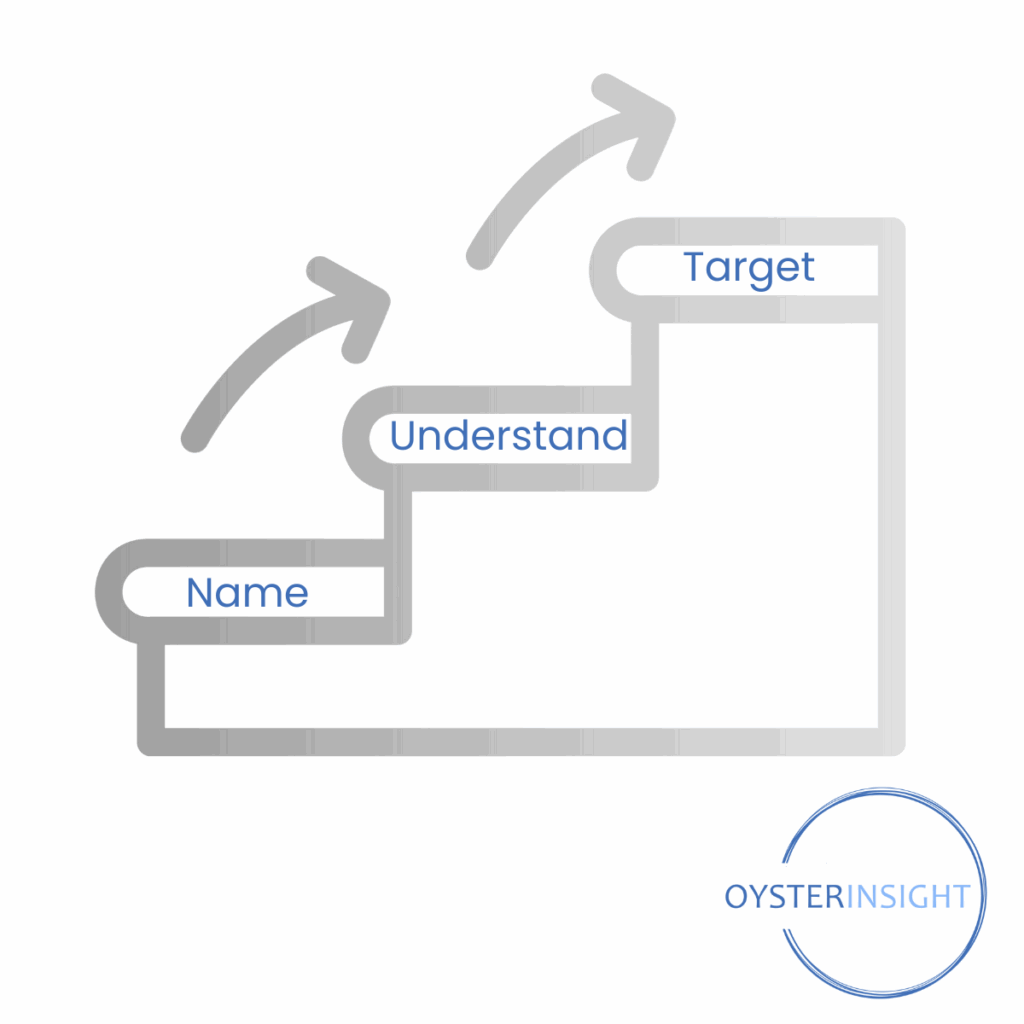What Ice Climbing Taught Me About Leading Under Pressure
The first time I went ice climbing, my adrenaline started pumping—straight out of my mouth.
Not casual chatter—narration. I cracked jokes. Pretended I’d summited Everest.
Eventually a friend turned to me and asked, “Molly… are you nervous?”
I nodded yes emphatically… and sarcastically said no.
I was terrified.
We were hiking a narrow ridge, one shoulder scraping a frozen cliff, the other inches from a steep drop. The only way forward was up. No turning back.

It was a full-body metaphor for pressure—and I reverted hard to a default behavior: verbal processing – aka over-talking.
(And no—this one’s not a sailing analogy. You’re welcome.)
That experience came rushing back recently when a close friend gently said, “You’re talking too much.”
BAM.
It landed—not because it was harsh, but because it was true.
And because it helped me recognize the enormity of the pressure I was under.
I see this pattern all the time in my work with executives:
When the stakes rise—or the timeline tightens—we revert.
We fall back on behaviors that once protected us, even if they no longer serve us.
For me, it’s over-talking. For others, it might be:
- Cutting off input
- Rushing to conclusions
- Taking control instead of trusting the team
- Withdrawing entirely
- Or relying on instinct when the moment calls for intention
The behavior itself isn’t the problem—it’s the lack of awareness behind it.
And awareness is what creates space for change.
One place I often see this dynamic play out? Sales conversations.
Executives may not carry a quota, but they’re constantly selling—selling ideas, vision, direction, alignment. Trying to get peers, boards, and teams behind them.
In those moments, the pressure to get buy-in is real.
And the default reaction? Fill the space. Over-justify. Convince.
The data tells a different story:
The most effective conversations—sales or otherwise—are 43% talking, 57% listening.
But most people in high-stakes moments dominate 70% of the airtime.
Why?
Because talking feels like control.
Like progress.
Like safety.
But leadership isn’t about control—it’s about clarity.
And clarity starts with self-awareness.

Here’s the shift I encourage leaders to make:
- Name the behavior
– I’m doing all the talking
– I’m closing off input
– I’m defaulting to certainty - Understand what’s driving it
– I feel exposed
– I’m unsure what they’re really thinking
– I want to prove my value - Leverage that knowledge to make a targeted shift
– I pause
– I ask a question instead of offering a conclusion
– I give the conversation space to breathe
The best leaders don’t avoid pressure—they get curious about how it shapes their instincts.
Because real influence doesn’t come from talking more.
It comes from knowing when to stop.



